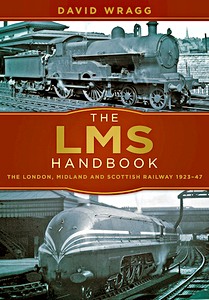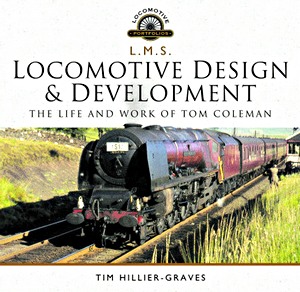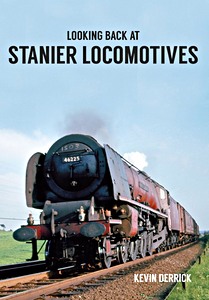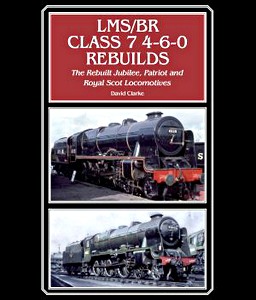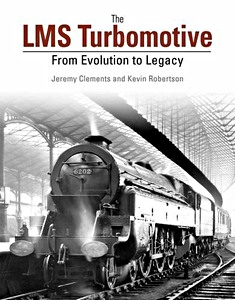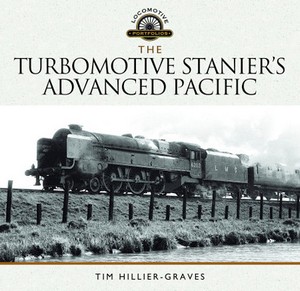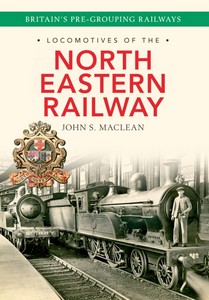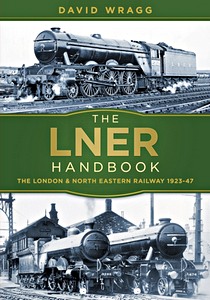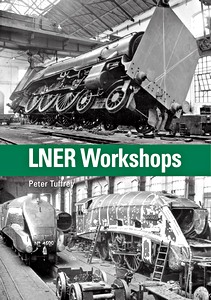The LMS Story
The London, Midland & Scottish Railway (LMS) claimed to be the largest private enterprise concern in the British Empire. It was Britain's largest steam railway and the only one to operate in England, Scotland, Wales and Northern Ireland, as well as having two short stretches of line in the Irish Republic. It was the world's largest owner of railway hotels and the world's largest railway shipping operator.
Mainly a steam railway, it had a significant electric service out of Euston in London, and on Merseyside and Manchester. One of the leaders in diesel shunting locomotives, the company was a pioneer of using mechanical handling equipment, including large coaling towers.
The LMS was mainly a freight railway, but it was still able to boast the best railway carriages, even on suburban services, where there was more legroom than was offered by other companies.
Full of little-known facts, illustrated throughout and including a useful timeline, "The LMS Story" is the latest addition to this successful series.
| Auteur : | David Wragg |
|---|---|
| Présentation : | 128 pages, 13 x 18.5 x 1.2 cm, relié |
| Illustration : | abondamment illustré avec des photos en N&B et couleurs |
| Editeur : | The History Press Ltd (GB, 2013) |


